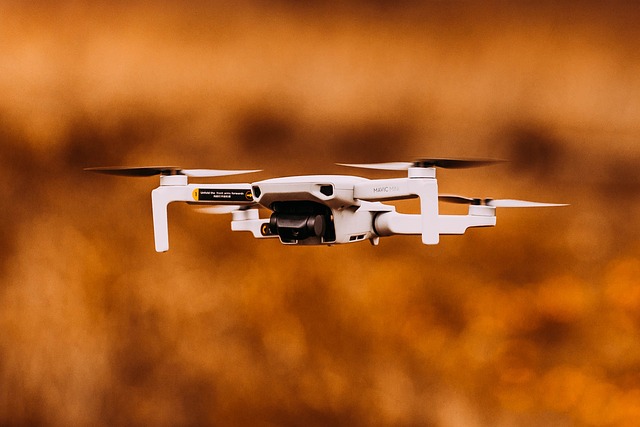In recent years, the aerial perspective of photography and videography has undergone a revolutionary transformation, thanks to the widespread use of drones. Drone photography and videography have opened up new horizons, literally and figuratively, enabling photographers and filmmakers to capture breathtaking visuals from the skies. This technology has not only democratized aerial imagery but has also introduced a new realm of creativity and innovation in the world of visual arts.
Aerial Photography
Aerial photography once limited to expensive helicopter or plane rentals, has become accessible to enthusiasts and professionals alike through drones. The ability to elevate the camera above the ground offers a unique viewpoint that was previously reserved for the realms of dreams and birds. Photographers can now capture landscapes, cityscapes, and events from dramatic angles, revealing patterns, textures, and perspectives that are invisible from the ground.
Drones equipped with high-resolution cameras allow photographers to zoom in on intricate details, providing a fresh view of familiar subjects. From nature photography featuring majestic waterfalls and winding rivers to urban photography showcasing the symmetrical beauty of skyscrapers, aerial photography adds a layer of depth and intrigue to the art form.
Dynamic Aerial Videography
In the realm of videography, drones have revolutionized storytelling. Cinematographers and filmmakers can now create sweeping, cinematic shots that were previously only possible with extensive equipment and large budgets. Drones equipped with stabilized gimbals capture smooth, sweeping movements, adding a dynamic and immersive quality to videos.
Aerial videography has found its place in various industries, from filmmaking and tourism promotion to real estate marketing and event coverage. Wedding videographers, for instance, use drones to capture stunning aerial shots of couples against scenic backdrops, creating memorable moments that are both intimate and grand.
Technical Expertise and Creativity
While the technology facilitates aerial imaging, the artistry lies in the hands of the operators. Drone pilots must master the technical aspects of flight control, camera settings, and safety protocols. Simultaneously, they need to possess a keen eye for composition, lighting, and storytelling. The combination of technical expertise and creativity results in mesmerizing visuals that evoke emotions and tell compelling narratives.
Applications Beyond Art
Beyond the realm of art and entertainment, drone photography and videography have practical applications. In industries such as agriculture, drones are used to monitor crop health, assess soil quality, and plan irrigation strategies. Environmental researchers employ drones to study wildlife, map forests, and monitor natural disasters. Even in construction and urban planning, drones are used for site surveys, mapping, and creating 3D models, improving efficiency and accuracy.
Empowering Environmental Conservation
One of the most impactful applications of drone technology is in the realm of environmental conservation. Drones equipped with specialized cameras and sensors can monitor wildlife, track animal populations, and survey vast and often remote landscapes. Conservationists and researchers can use this data to study animal behavior, assess habitat health, and track the effects of climate change.
Drones also play a crucial role in anti-poaching efforts. Park rangers and conservationists employ drones to patrol protected areas, detect illegal activities such as poaching or deforestation, and swiftly respond to potential threats. The aerial vantage point allows for real-time monitoring of wildlife, ensuring their safety and deterring poachers.
Challenges and Ethical Considerations
While the possibilities seem endless, drone photography and videography come with challenges. Ensuring safety, respecting privacy, and adhering to regulations are paramount. Drone operators must be aware of no-fly zones, privacy laws, and ethical guidelines, striking a balance between capturing compelling visuals and respecting individuals’ rights to privacy and security.
In conclusion, drone services have transcended conventional limitations, offering a fresh perspective on the world we inhabit. As technology continues to advance, the boundaries of creativity in aerial imagery are pushed further, promising even more innovative and awe-inspiring visuals in the future. From the artistry of capturing stunning landscapes to the practical applications in various fields, drones have truly elevated the way we see and interpret our surroundings, opening new avenues of exploration and expression in the realm of visual arts.
